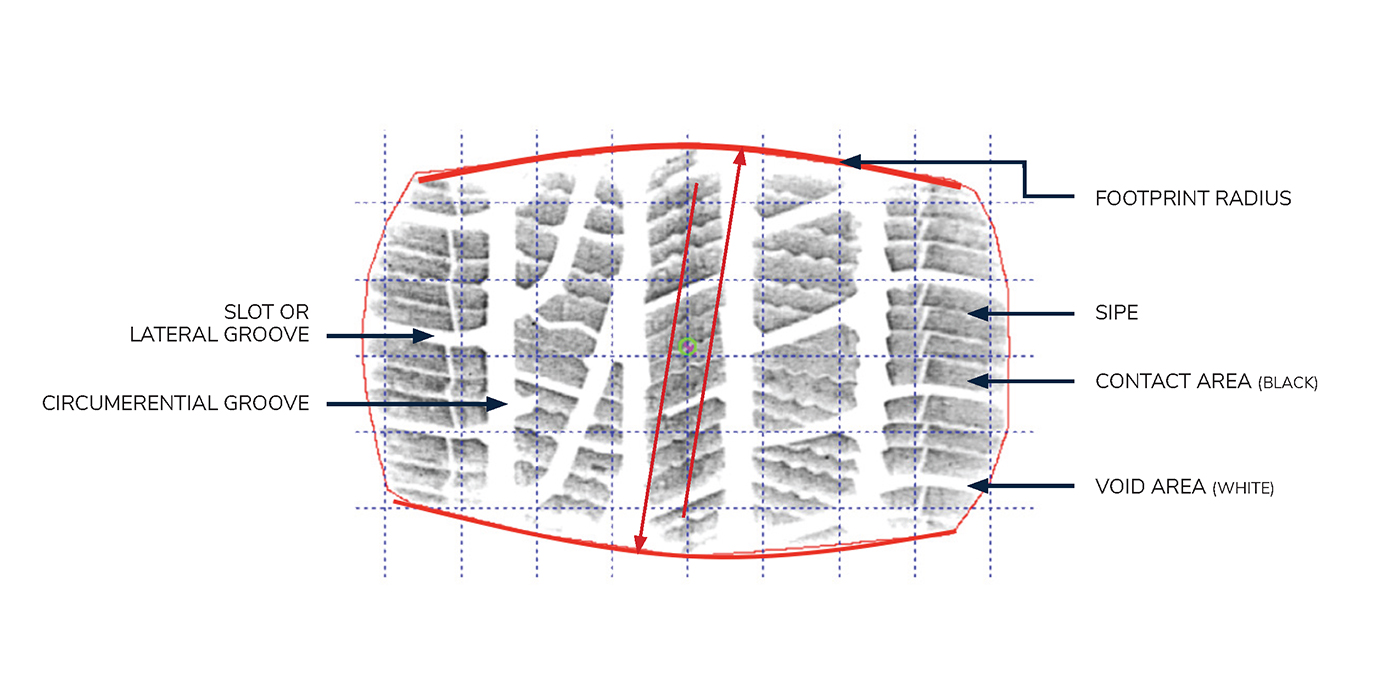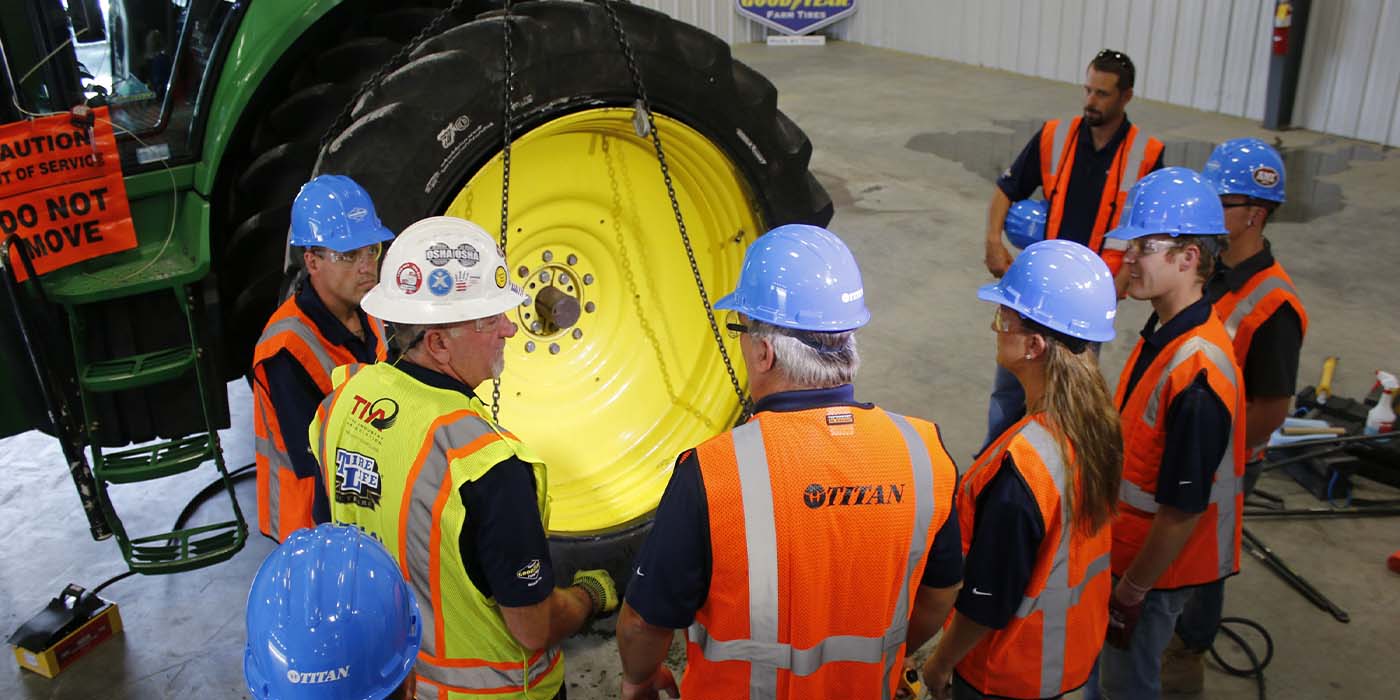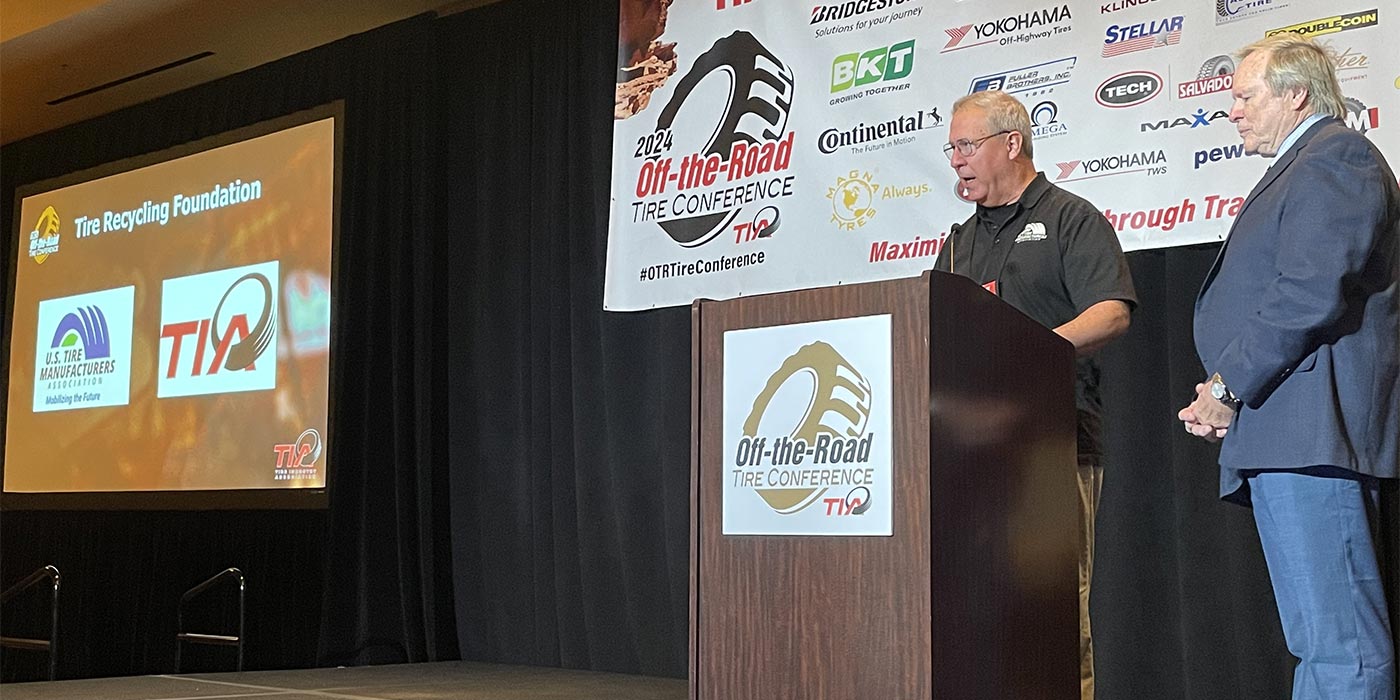“At this time, the agency does not believe it is necessary for motor vehicle safety to add a tire aging requirement to its light vehicle tire standard due to the following reasons: First, FMVSS No. 139 has contributed to an increased robustness of oven-aged light vehicle tires. Our research has shown that oven-aged FMVSS No. 139-compliant tires are more resistant to degradation than oven-aged pre-FMVSS No. 139 tires. Second, light vehicle tires are performing better on the road as reflected in our most recent crash data. Third, a mandatory TPMS on light vehicle tires since 2007 has helped alert consumers to underinflation that is also known to degrade tires faster.”
With those words, NHTSA recently quashed – at least for now – any notion that it would fully address the real-world issue of tire aging, setting off high-fives at TIA and RMA, both of which pronounced NHTSA ruling as “good.”
Perhaps they meant “good,” as in “It’s a good thing people don’t drive on oven-aged tires!” Or “Thank goodness we can reduce this argument to pre- and post-FMVSS 139 tires!” Or even, “It’s a good thing that we have TPMS to protect drivers from those 10-year-old tires they just bought last week!”
I know that seems a bit over-the-top, but I think it’s also over-the-top to accept this “report” as anything more than what it is: an attempt to explain how NHTSA decided on and executed a means to artificially age tires, and how it applied crash data to determine (or decided) that its TREAD Act-induced FMVSS 139 was actually working, and assuming that mandated TPMS was countering underinflation (a sometime contributor to tire age-related tire failures) sufficiently.
[Click here is you want to read a copy of the full report.]
For a decade, both TIA and RMA have argued that there was no “science” to support claims that aged tires had a greater propensity to fail, or that tires older than 10 years should be excluded from service. So they chose to not address the matter or develop the actual “science.” They left that to NHTSA, which turned in its science experiments this past March, as we learned just last week.
Entitled “Tire Aging: A Summary of NHTSA’s Work,” the 42-page rebuff (dated March 2014…they just got around to issuing this?) doesn’t really address anything more than revealing how it came to the above noted conclusion.
In that report:
• NHTSA didn’t challenge that age impacts both the chemical and mechanical nature of tires. “The aging mechanisms that are most likely to affect the relative safety of a tire are chemical and mechanical in nature. Chemical aging occurs due to the combined effect of heat and oxygen on the rubber compound and mechanical aging results from the stresses and strains that a tire incurs during its normal use,” NHTSA said in the report.
• NHTSA didn’t challenge automaker recommendations that tires be replaced “every six years regardless of use and a number of tire manufacturers recommend 10 years as the maximum service life for a tire because aging can affect the performance of the tires even if they have adequate tread and proper inflation,” as it stated in its report.
• NHTSA didn’t challenge that people died or where injured because of tire failures that can be directly attributed to tire age. In fact, in the report it states: “Based on analysis of data from 2005 to 2006, NHTSA estimates that with pre-FMVSS 139 tires, 90 fatalities and over 3,200 injuries occurred annually as the results of crashes that were probably caused by tire aging or where tire aging was possibly a significant factor.” NHTSA cited the analysis of three different databases – NMVCCS, NASS-GES and NASS-CDS – in arriving at its estimates.
• NHTSA didn’t challenge that ambient conditions are a contributing factor to age-related failures: “Tire aging is still a concern in the more southern parts of the Sun Belt states (Southern California, Arizona, New Mexico, Texas, Louisiana, Mississippi, Alabama, Georgia and Florida), during the summer months when heat build-up can cause a failure.
• NHTSA didn’t challenge that unused spare tires or used tires purchased by consumers posed particular age-related issues: “Spare tires remain a concern as well, since they are not replaced regularly and may still show enough tread, even though the structural integrity of the tire may be compromised by aging. Adding to this concern, spare tires are often rotated into use and are sold as used tires.”
• NHTSA couldn’t decide on what it is defending. The first two paragraphs of the Introduction section of the report state: “Tire aging is a phenomenon involving the degradation of the material properties of a tire which overtime can compromise its structural integrity and jeopardize its performance. When aging occurs, tires are more prone to failure, which could, at best cause an inconvenience, or at worst lead to a motor vehicle crash.
“The effect of aging may not be visibly detectable. Tire aging takes place whether a tire is driven or not and its structural integrity may be compromised even though they could be showing a great deal of remaining tread.”
So, let me get this straight, tire aging exists and is a problem, according to NHTSA’s own report. But it’s not going to act now because tire aging appears to be less of a problem since FMVSS 139 came into effect in 2007, and because of that and TPMS and because, well, tires are just better.
It came to these conclusions even though NHTSA did not conduct tests on actual road-driven tires, has not been able to test FMVSS 139-compliant tires older than six years, and, apparently, based the entire report on its observations of tires that were artificially aged using an oven-test.
Under such, tires are inflated using a mix of 50% nitrogen and 50% oxygen, baked for six to eight weeks at 60°C to 70°C (140˚F-158˚F), and then wheel tested using a stepped-up load test until the tire failed. This, NHTSA said proudly, approximates a tire operated in sunny Phoenix for a period of two to five years.
Just like everyone’s tires.
RMA is obviously relieved because, at least for now, its members (and other tiremakers) won’t be on the hook for added testing costs. Both associations are convinced that this report should, at least for now, forestall any state-level legislative push to address tire age.
And I guess by that standard, the NHTSA report is welcome. Because otherwise, in my humble opinion, it revealed nothing of value and accomplished even less.
In NHTSA’s artificial aging tests, some tires failed and some didn’t, just like real life. It said that the batch of post-FMVSS 139 tires failed at a lower rate, but it did not conduct like-for-like tests; a noticeable batch of pre-FMVSS 139 tires reported on were absent from the collection of post-FMVSS 139 tires that were oven tested. Even allowing for certain tires to no longer be available, there was still a sizeable make, brand and model difference.
I’m no scientist, but I think that differential is a bit important, don’t you?
Oven testing to mimic 2-5 years of use is a far cry from the thousands of new tires that are sold as new but are actually six to 12 years old. It fails to even address one of the core aged tire issues: Just ask Marcia Simmons in suburban Denver, who bought brand new tires for her Mazda Miata at a local independent tire dealer that were, in fact, 11 and 12 years old.
What did the dealer have to say to the local TV crew who inquired about Ms. Simmons pre-teen tires? He said he’d never sell a tire that he thought was unsafe. He said it’s still a brand new tire if it’s never been used. He said that if you store them correctly there is absolutely nothing wrong with a tire of that age.
He said that if the sale of aged tires were a problem, well, there’d be a law against that.
He said all of the things that this industry has recited by rote for the last 12 years – and all of the things that make no sense whatsoever to the vast majority of real-life common sense consumers. It doesn’t take a scientist or half-baked science fair experiments to figure that out.
Perhaps in 10 years time, NHTSA’s artificially created conclusion will hold water and the number of deaths and injuries directly attributable to aged tires will remain at that “acceptable level” government and industry strive for. We won’t know that for a while, certainly.
We do know that Sean Kane, president of Safety Research & Strategies, is still on the case. He weighed in on NHTSA’s report, but fixated on the fact NHTSA hasn’t addressed his complaints about tire identification numbers.
“The real problem associated with aged tires and aged tire failures is rooted not in the lack of a new test regimen, but in the tire labeling and manufacturers unwillingness to adequately educate dealers and motorists about when tires should be removed from service,” said Kane in a blog posting on SRS’s website.
We’re not going to argue about TINs here, but Kane reminded that regardless of NHTSA’s findings, “Aged tires, with acceptable tread and no significant visible signs of wear, find their way onto vehicles in a variety of ways: little or unused spares are rotated into service, consumers purchase used tires or buy a ‘new’ tire that may have been sitting in inventory for 10 years, or consumers keep an old tire on a little-used vehicle.”
The tire aging issue will continue to be news. Remember, the National Transportation Safety Board has launched its own investigation into tire aging and our current safety recall system. We’ll see what the NTSB determines – or just how far it cares to stray from the “report” of another government agency.
There is a big difference between a book and a book report. So far all we have is a book report – and a recipe for how to cook tires.














